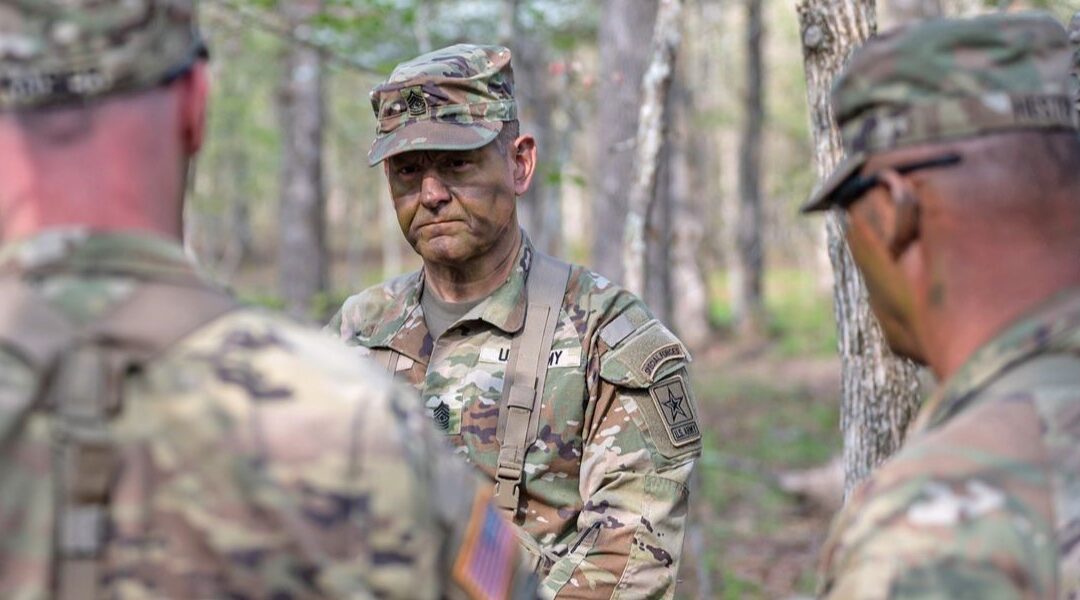The Defense Department kicked off its first PFAS Task Force meeting last week to address the contaminants that have been detected in groundwater for many military installations and their surrounding communities, DOD reported.
The task force, ordered in late July by recently confirmed Defense Secretary Mark Esper, will address perfluoroalkyl and polyfluoroalkyl chemicals that DOD has acknowledged as detectable on 401 active and former base realignment and closure (BRAC) installations.
“Our most important resource is our people. We have a responsibility to take care of our people, their families and the communities where we serve,” said Assistant Defense Secretary for Sustainment Robert McMahon, according to the report.
The chemicals are part of a larger class known as PFAS and are found in common items such as nonstick cookware, fast-food wrappers, water-resistant clothing, and other goods. They are also used in aqueous film-forming foam (AFFF) which has been deployed for decades by DOD and other firefighting units to rapidly extinguish high-combustion fuel fires.
In May 2016, the Environmental Protection Agency (EPA) issued Safe Drinking Water Act advisories recommending a 70 parts per trillion level of PFOS and/or PFOA in drinking water. The Defense Department has now identified 24 DOD drinking water systems and 12 others containing PFOS and PFOA levels above the EPA advisory, according to the report.
“DOD’s first priority is to address drinking water with PFOS and PFOA from DOD activities,” Deputy Assistant Secretary of Defense for Environment Maureen Sullivan said.
In addition, land-based use of AFFF in training, testing and maintenance has been halted since a January 2016. When AFFF is used, it is treated as a spill and affected soil is removed to ensure PFAS is not added to the groundwater, according to the report.
DOD also follows the federal Superfund cleanup law to prioritize, study and appropriately address sites, according to the report. Other measures include innovations to speed cleanup and better research on how the chemicals move and transform in the environment.
“DOD has taken the lead in protecting the health of persons on and near DOD installations by fully investigating releases and determining the appropriate cleanup actions based on risk,” she said. “This is a national problem involving a wide array of industries and commercial applications, as well as many federal and state agencies. Therefore, it needs a nationwide solution.”
DOD photo by Staff Sgt. Andrew Carroll

Post-Leadership, McConnell Plans to Push for More Defense Funding
When Senate Minority Leader Mitch McConnell steps down from his Senate leadership role after the November elections, he’ll have at least two more years in the Senate. Now he’s signaled one of his priorities as a rank-and-file Senator is to increase defense funding,...





